It’s Super Shitty Quality But Here It Is!

It’s super shitty quality but here it is!
More Posts from Maevetheeuropan and Others

Glittering Frisbee Galaxy: This image from Hubble’s shows a section of a spiral galaxy located about 50 million light-years from Earth. We tend to think of spiral galaxies as massive and roughly circular celestial bodies, so this glittering oval does not immediately appear to fit the visual bill. What’s going on? Imagine a spiral galaxy as a circular frisbee spinning gently in space. When we see it face on, our observations reveal a spectacular amount of detail and structure. However, the galaxy frisbee is very nearly edge-on with respect to Earth, giving it an appearance that is more oval than circular. The spiral arms, which curve out from the galaxy’s dense core, can just about be seen. Although spiral galaxies might appear static with their picturesque shapes frozen in space, this is very far from the truth. The stars in these dramatic spiral configurations are constantly moving as they orbit around the galaxy’s core, with those on the inside making the orbit faster than those sitting further out. This makes the formation and continued existence of a spiral galaxy’s arms something of a cosmic puzzle, because the arms wrapped around the spinning core should become wound tighter and tighter as time goes on - but this is not what we see. This is known as the winding problem. Image credit: ESA/Hubble & NASA For more information on this image, visit: https://go.nasa.gov/2niODGL

The Exoplanetary Menagerie
Today a massive discovery was announced: 39 light years away in the TRAPPIST-1 star system seven terrestrial planets all orbit extremely close to each other.
…and three are well within their star’s “habitable zone”.
TRAPPIST-1 is an ultra-cool dwarf star. Because its temperature is so much lower than a typical star like the sun (it’s roughly 2550 K while the sun’s 5772 K) planets are able to orbit much closer than they could in our Solar System and sustain habitable conditions. All seven of the discovered exoplanets orbit closer to TRAPPIST-1 than Mercury does to the sun.
Of the different planets discovered, one is immensely Earthlike, having a similar size and receiving roughly the same amount of light as Earth. This place could be a whole lot more like home than anything we’ve found yet. Another planet is a potential water-world, getting about as much light as does Mars (with an atmosphere, yes, it could be a liquid water world).
So close do these planets all orbit near to each other that if you were to go to one and look up, you could see the other planets in the sky above you… and they’d be as big as *or larger than the Moon is in our sky*. It must be one of the most beautiful sights.
So what’s the big deal right? NASA’s already found over 3000 exoplanets - what makes these ones special?
A few remarkable things:
One, TRAPPIST-1 is a member of the M-class stars - stars which make up 70% or so of all the stars out in the Milky Way. Knowing that such stars can host magnificent habitable planetary systems means the search for life just got blown wide open to 70% of the stars in our galaxy.
Two, though 39 light years seems far, this is actually unimaginably close. We’re basically neighbors. The fact that TRAPPIST-1 is so close means that astronomers will be able to subject this place to decades of intense research.
As NASA begins to turn space telescopes such as Hubble, Kepler and Spitzer on TRAPPIST-1, I think we’ll be hearing a lot more from it soon.
Before you go, please consider joining the Planetary Society. If TRAPPIST-1 intrigues you, just wait until you see what else we have happening.
At the Planetary Society we have a radio show with some of the most groundbreaking material to include exoplanet hunters, engineers designing interstellar missions and interviews with astronauts. Most important though, we go to D.C. and make sure the politicians continue funding NASA and space science, and we reach out to people and try to show them what could be.
On that note, here are some artist conceptions of the TRAPPIST-1 star system and what could be:





So good job to the team that made this discovery (especially lead author Michaël Gillon) and I can’t wait to learn more about this place soon.
(Image credit: NASA-JPL/Caltech, NASA/JPL-Caltech/R. Hurt (IPAC), NASA/JPL-Caltech/T. Pyle (IPAC), NASA/JPL-Caltech/R. Hurt (IPAC), ESO/M. Kornmesser and NASA-JPL/Caltech respectively)
lol sometimes science publications are like 20 pages of gibberish. It feels like an alien language I’m learning slowly as I stare at the pages…
—___—
How Do You Stay Fit on a Mission to Mars?
This mini exercise device could be the key!
Onboard the International Space Station, astronauts need to work out to maintain their bone density and muscle mass, usually exercising 2 hours every single day. Throughout the week, they exercise on three different pieces of equipment–a bike, a treadmill and the Advanced Restive Exercise Device (ARED).

All these devices are needed to keep an astronaut healthy.
However, deep-space vehicles like our Orion Spacecraft aren’t as roomy as station, so everything — including exercise equipment — needs to be downsized. The Miniature Exercise Device (MED-2) is getting us one step closer to being able to keep astronauts’ bodies healthy on long journeys to the moon, Mars and beyond.

MED-2 is a compact, all-in-one exercise device that we developed and will be launching to the space station Tuesday, March 22. Onboard the station, we’ll see how MED-2 will perform in microgravity and how it will need to be further adapted for our Journey to Mars. However, it’s already pretty well equipped for deep space missions.
So what makes MED-2 so great for deep space travel and our Journey to Mars?
1. It is an all-in-one exercise device, meaning it can do both aerobic and resistive workouts. When we go to Mars, the less equipment we need, the better.

2. It’s incredibly light. The MED-2 weighs only 65 pounds, and every pound counts during space missions.

3. It has 5 - 350 pounds of resistance, despite weighing only 65 pounds. Astronauts don’t all lift the same amount, making the flexibility in MED-2’s “weights” essential.

4. It’s tiny. (Hence its name Miniature Exercise Device.) Not only is MED-2 incredibly light, but it also won’t take up a lot of space on any craft.

5. It powers itself. During an aerobic workout, the device charges, and then that power is used to run the resistive exercises. When traveling to space, it’s good when nothing goes to waste, and now astronauts’ workouts will help power the Journey to Mars.

MED-2 is only one of many devices and experiments flying on Orbital ATK’s Cygnus spacecraft. To find out more about the science on the space station, follow @ISS_Research and @Space_Station on Twitter.
Make sure to follow us on Tumblr for your regular dose of space: http://nasa.tumblr.com
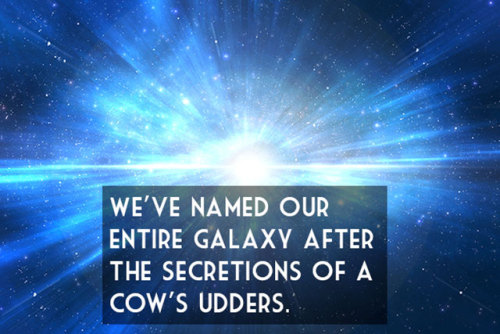
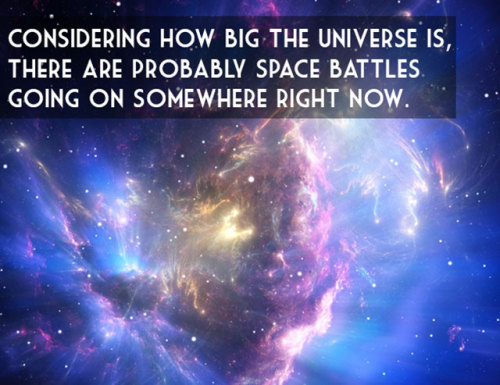

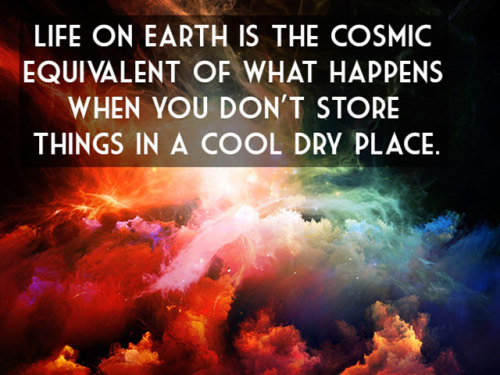
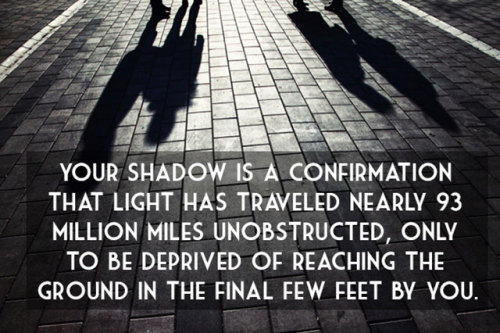
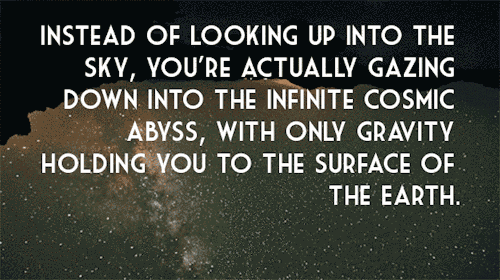
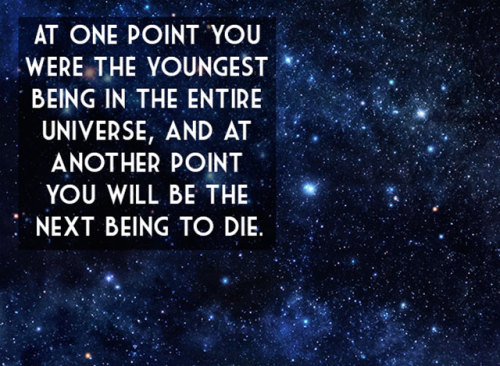
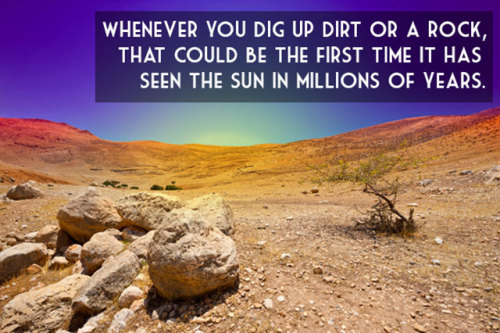

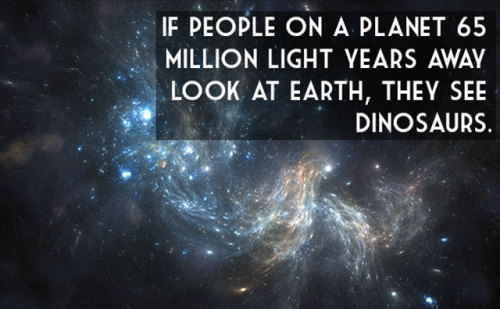
Thoughts that will change the way you think about the universe and your existence
HUGE ANNOUNCEMENT!
Elon Musk is set to announce his plans for Mars colonization in an hour, at 2:30 Eastern Time.
Please watch it because this could be history in the making.
When Can I Die on Mars?
Elon Musk recently announced SpaceX’s plans to send a spacecraft to the surface of Mars by 2018. It’s never been easier to die on Mars.
By: Fraser Cain. Support Universe Today on Patreon
-
 hatarihatari-blog liked this · 7 years ago
hatarihatari-blog liked this · 7 years ago -
 maevetheeuropan reblogged this · 7 years ago
maevetheeuropan reblogged this · 7 years ago -
 caseysrandomblog-blog liked this · 7 years ago
caseysrandomblog-blog liked this · 7 years ago -
 rhysgfrelsa-eudyptula reblogged this · 7 years ago
rhysgfrelsa-eudyptula reblogged this · 7 years ago -
 rhysgfrelsa-eudyptula liked this · 7 years ago
rhysgfrelsa-eudyptula liked this · 7 years ago -
 kalvashcosplay liked this · 7 years ago
kalvashcosplay liked this · 7 years ago -
 maevemauvaise reblogged this · 7 years ago
maevemauvaise reblogged this · 7 years ago






